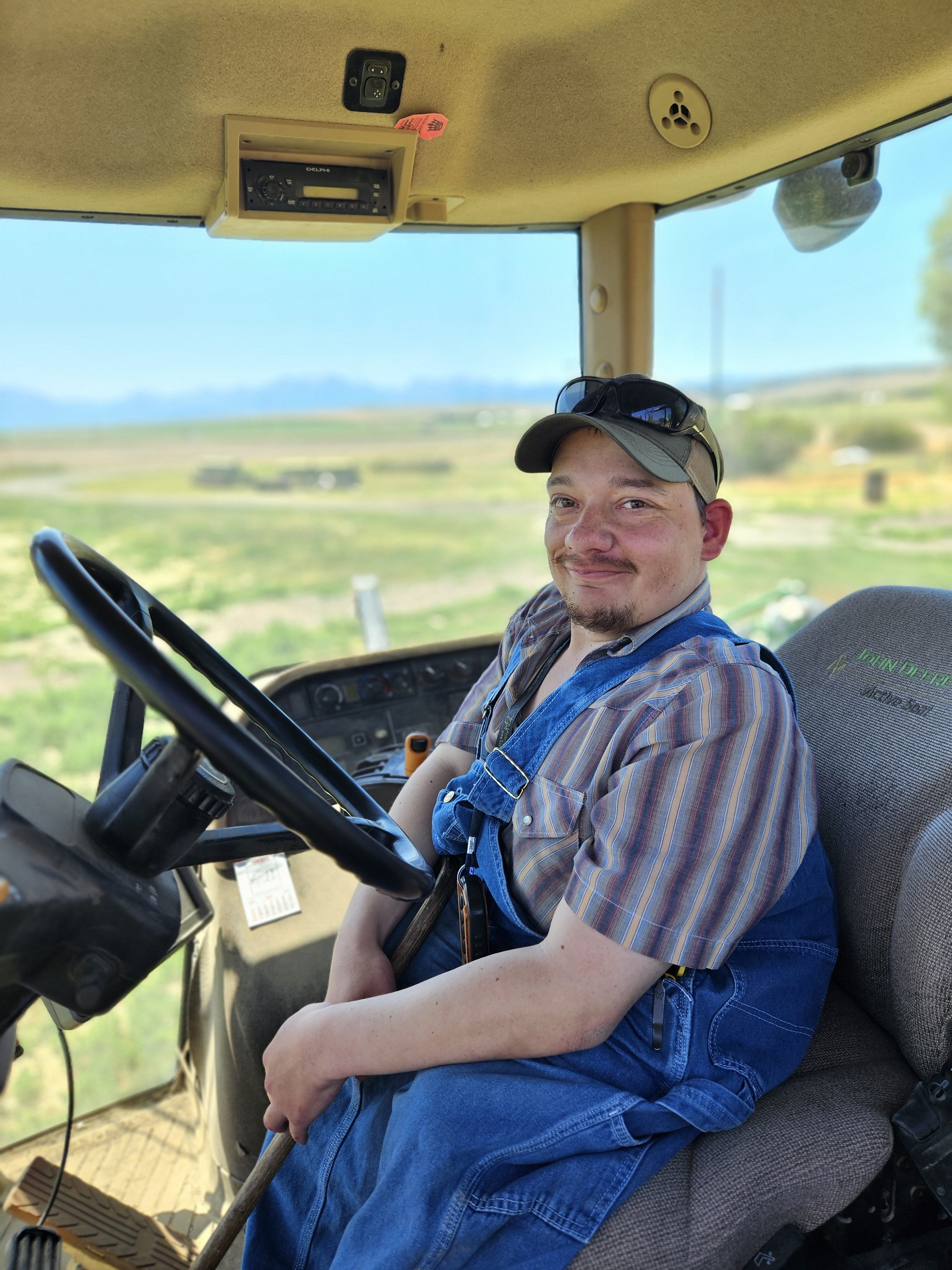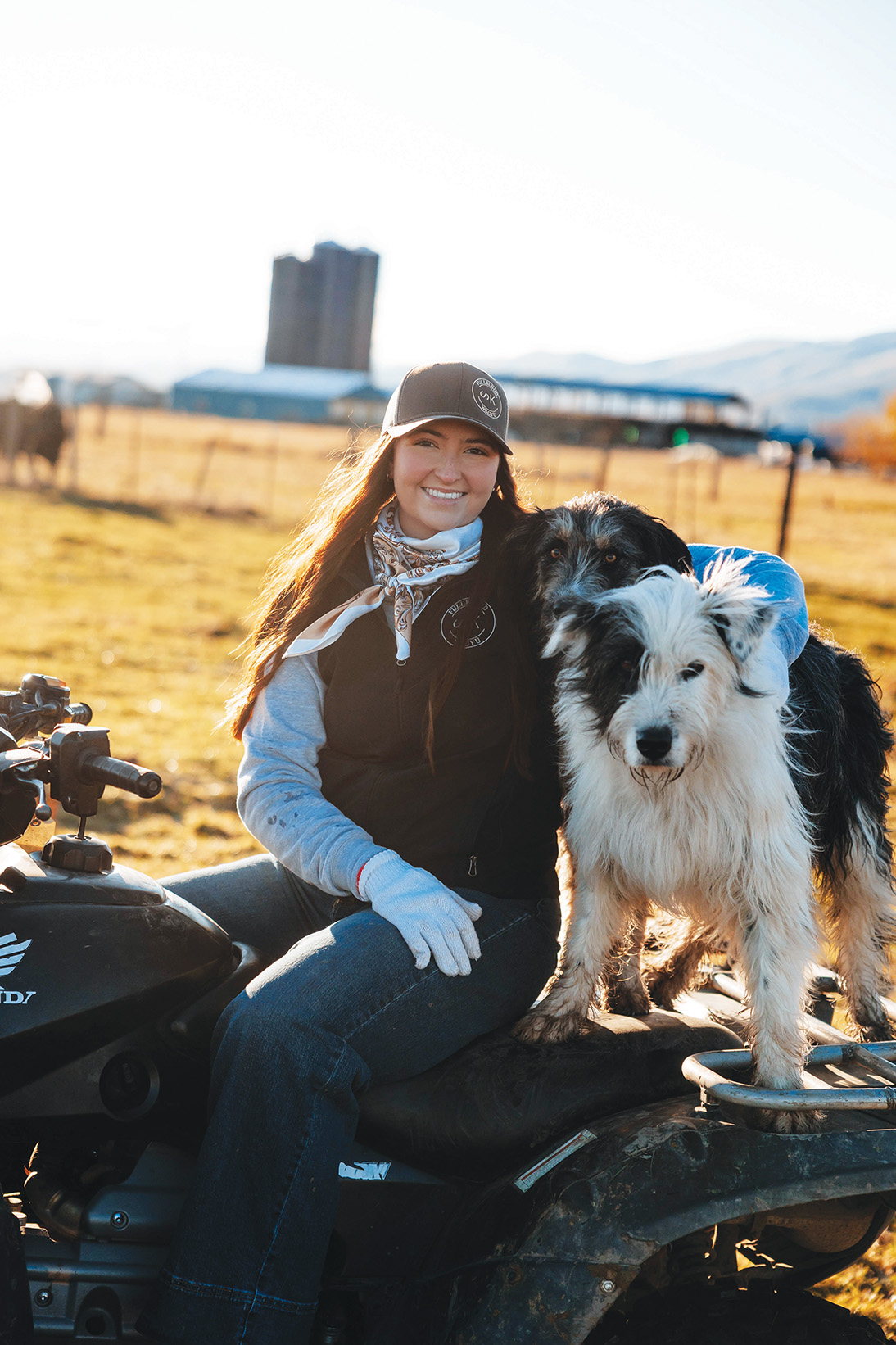EDITORIAL: Fire now can help prevent bigger blazes later
Published 1:00 pm Wednesday, September 7, 2022
Smokey Bear’s message, in common with the best propaganda, is memorable, lingering in the mind like the lyrics of a favorite pop song.
Trending
And although the denim-clad bruin 21 years ago revised his original “only you can prevent forest fires” mantra to the slightly more nuanced “only you can prevent wildfires,” the distinction between a forest fire and a wildfire isn’t obvious.
Smokey’s official biography states that the slogan was changed because many fires don’t burn in forests — rangeland fires are common in the West, including in Baker County — and, more important, to clarify that prescribed fires can have desirable effects.
Yet even if this significant change in Smokey’s slogan had been explained more effectively, the message might have been overwhelmed by the reality of the catastrophic fires that have afflicted the West over the past several years.
Trending
Flames have ravaged not just great stands of trees, but towns.
Paradise and Greenville in California.
Detroit and Talent in Oregon.
Smokey’s essential original admonition — that fires are bad, and that we must treat them as we would an enemy army — seems reasonable in the wake of the recent disasters.
Yet that simplistic notion was, and remains, problematic.
Indeed, the effects of the brute force approach to fire that society endorsed for most of the 20th century have contributed, in some cases, to the conflagrations that destroy homes and ponderosa pines, businesses and Douglas-firs, with equal, and terrible, ease.
One of the biggest problems, perversely, is that we have in places too many trees. With fire largely excluded for so many decades, and in some places an absence of logging, swathes of the West are in effect overrun by trees. These overcrowded forests are susceptible to insects, disease and, most obviously, to fire. In many cases the forests not only are unnaturally dense but also dominated by species, primarily grand and white fir, that have encroached on stands historically dominated by conifers such as ponderosa pines and tamaracks that better resist pathogens as well as fires.
Prescribed fire is the most widespread, and probably best-known, tactic to reverse this trend. Firefighters intentionally ignite blazes, typically in spring and fall when fires are easier to control, to reduce the amount of combustible stuff on the ground and, in some cases, to scorch live trees.
But there’s another option, albeit one that, unlike prescribed fire, is not suited to most areas. This alternative has gone by multiple names over the past few decades — “managed fire” is currently in vogue — but the concept is simple. Rather than intentionally light fires, let lightning supply the spark, as it has for millennia.
The Eagle Cap Wilderness area, Oregon’s largest at 365,000 acres, is about the best place in the state to allow lightning fires to burn naturally. It’s vast — bigger than either Multnomah or Hood River County — and it has a plethora of cliffs and rocky ridges that serve as natural firebreaks.
The Wallowa-Whitman National Forest, which manages the Eagle Cap, has allowed more than 30 fires to burn in the wilderness over the past 3 decades. Two current fires — Sturgill, in the Minam River Canyon, and Nebo, about 20 miles away on the east side of the wilderness — rank as the biggest and second-biggest, respectively, of these blazes. Allowing these fires to burn — although firefighters have worked to slow the spread of both blazes in certain directions — is not without consequences or risks. Roads, trails and sections of the wilderness have been closed temporarily, and the Nebo fire has burned outside the wilderness. The fires have produced large plumes of smoke on several days. And they will leave black scars that will alter the wilderness for decades.
Yet that’s what fires have done for thousands of years. And whatever the temporary inconveniences, it’s better to have relatively small sections of the Eagle Cap burn now — the Sturgill and Nebo fires combined cover just 7% of so of the wilderness — than to have a future fire, feeding on decades of accumulated fuel, char much bigger chunks.
— Jayson Jacoby, Baker City Herald editor









